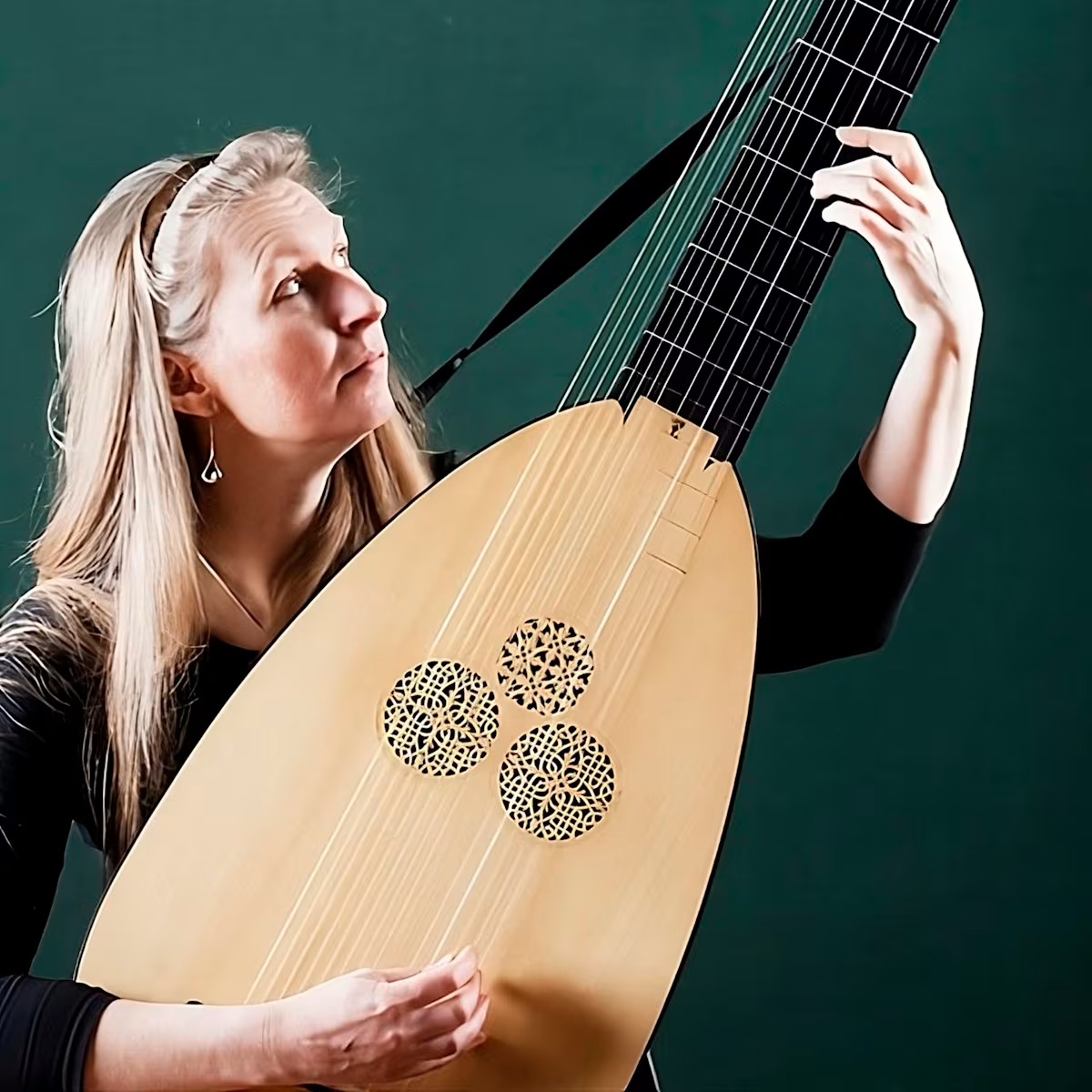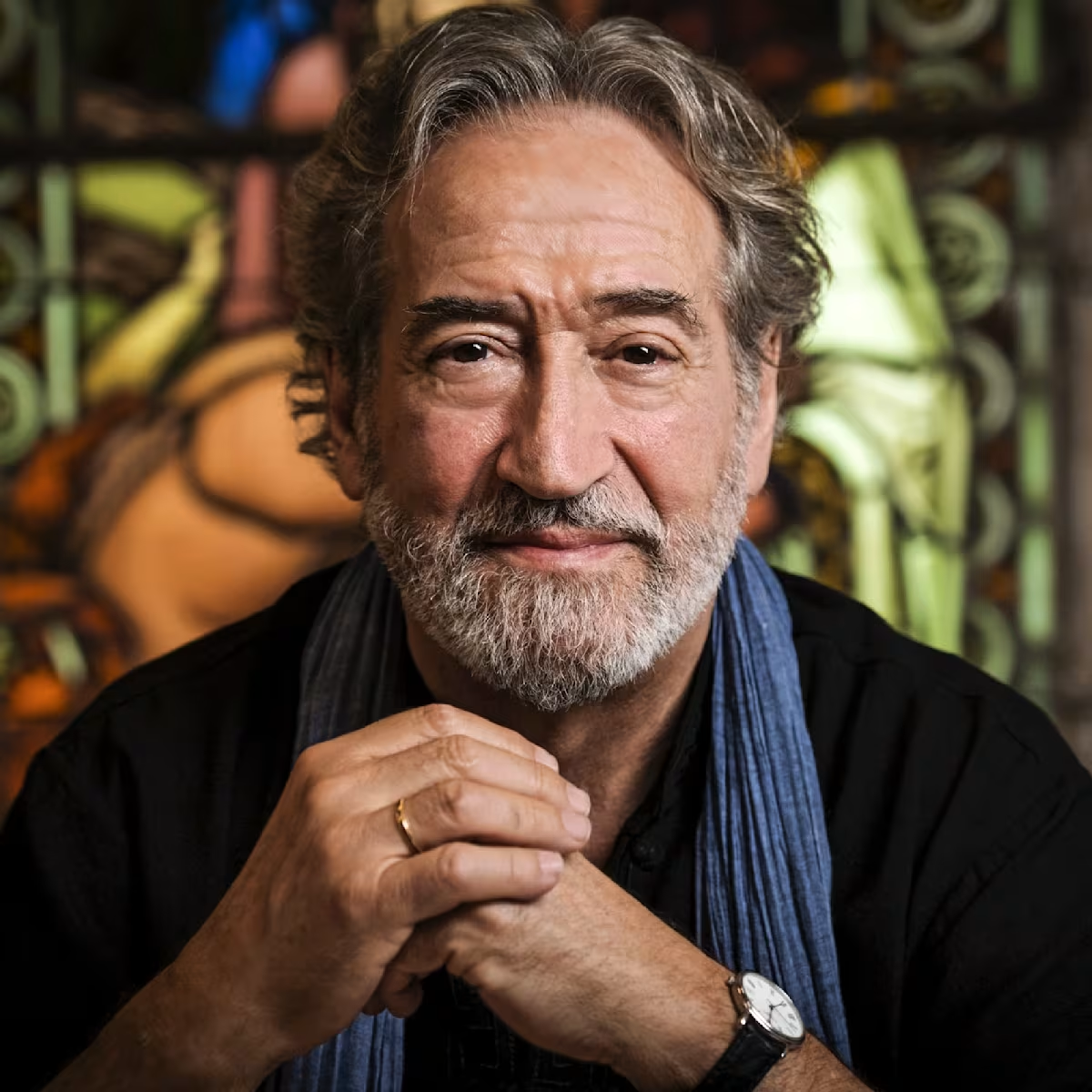Feature
Hearing ‘The Four Seasons’ anew
Dr Hannah French’s new book uncovers the storms, struggles and humanity beneath Vivaldi’s best-loved work
Share this

BY SIMON MUNDY | FIRST PUBLISHED 15 NOV 2025
Of course we know all about Vivaldi’s Four Seasons! We hear it constantly, whether in commercialised arrangements in lifts and call centre ‘waiting rooms’ or as the go-to classical fix for mainstream radio stations. The record industry has been addicted to these concertos for the last half century, making up for the previous two centuries of obscurity. We know about the Red Priest and his music for the cloistered young women in the home for abandoned girls in Venice, and we recognise that the works are less than a handful of the composer’s vast concerto output.
![An anonymous portrait in oils from c. 1723 in the International Museum and Music Library, Bologna, is generally believed to be of Antonio Vivaldi (1678–1741) [image in the public domain] An anonymous portrait in oils from c. 1723 in the International Museum and Music Library, Bologna, is generally believed to be of Antonio Vivaldi (1678–1741) [image in the public domain]](https://images.ctfassets.net/dittccn4etc2/5iwEmftSkuaARzFm9t2Wdw/48738e70c824b89540d5dd69bf450212/onbekend-antonio-vivaldi-bologna-museo-internationale-e-biblioteca-della-musica-55b5fe-1024.jpg?w=1200&fm=avif&q=75)
I read Hannah French’s new book, ‘The Rolling Year: Listening to the Seasons with Vivaldi’ (360pp; Faber & Faber, £20 hardback, publ. 6 Nov 2025), and I realised quickly I knew very little and that most of what I thought I knew was wrong – for example, that they were likely written in Mantua, not in Venice at all. And I had very little idea that Antonio Vivaldi was so reliant on his family, not only for his business affairs (his father Giovanni was a highly successful opera impresario), but for personal support because of his various illnesses and health conditions.
‘Vivaldi’s parents lived into their 80s, but he only survived his father by five years, dying at age 63 in 1741. It seems after that he couldn’t cope. He needed the support network which had meant that people did not think of him as mobility impaired, but that there were no bounds to his talents,’ Hannah told me. ‘I don’t think he was really cut out to be a manager. That was his father’s gift. Vivaldi only became a manager and impresario later in life, and he had a disaster in the 1730s in Ferrara. He was more of a figurehead than an administrator. His great magnetism was as a teacher and performer.’

Hannah has written a book that calls on her friends and contacts from her work as a baroque flautist and presenter on BBC Radio 3 to illuminate the intricate detail of The Four Seasons – detail that Vivaldi himself was careful to tell players is important – by writing sonnets describing the atmosphere of each season to precede them, and then linking precise descriptions to the phrasing in the instrumental parts. Hannah has consulted wine, bird and climate experts; poets, doctors and performers in her own quest to unveil the story of the concertos.
The middle movement of the Spring Concerto | Kati Debretzeni, Orchestra of the Age of Enlightenment
The works were published as just part of his Op. 8 set in Amsterdam in 1725, but even by then they were known around Europe, and by Vivaldi's patron, as being very out of the ordinary. Hannah explained, ‘the book is supposed to be for those who are interested in the music, but also in getting into it through bird-watching, wine-tasting or the Italian climate. It is for appreciation rather than musical analysis. And it is about discovering new things about music that you think you know well. Working towards a strict deadline, I spent a year with them, asking questions and writing about each season at the right time. I became obsessive, and got to the stage when I no longer listened to them all together. But at the end, I could think of them as a set once again. They are so short, they leave you breathless, there really is no time to be bored. Now when I hear them, I appreciate things that I had never noticed before. Vivaldi keeps surprising me, and I feel I have become part of his acquaintance, especially through the middle movements. They are so crafted and thoughtful.’
The opening of the Summer Concerto | Adrian Chandler, La Serenissima
‘The later popularity of The Four Seasons had little to do with Italy. They became famous in Paris and Germany, and were published in Amsterdam. The connections to the dangers of the Italian seasons were forgotten, particularly Summer.’ Summer in northern Europe is a time of relaxation, the pleasure of being outdoors, wearing fewer clothes and relishing the warm weather, though climate change is making these pleasures less enticing as the temperature heads above 30 degrees. Summer in 18th-century northeastern Italy was very different: a season of crop-destroying storms, mosquito bites and transmitted diseases in the countryside around Mantua, and pollution in the canals of Venice. Hannah captures this disconnect between our assumptions and Vivaldi’s depiction of reality superbly, as she does for the equally terrifying winter during a period now known as Europe’s little ice age.
Spring has its storms, too, and autumn its harvest disappointments, but these are benign in comparison. In other words, the idea that Vivaldi's Four Seasons are hum-along celebrations of nature’s delights is well wide of the mark. They are virtuoso portraits of human insecurity in the face of events and conditions out of our control. Suddenly, in our own age of insecurity, whether natural or political, they take on far more significance.
The final movement of the Autumn Concerto | Théotime Langlois de Swarte, Le Consort
Part of the background to the book that enables Hannah to have a much-more-than-usual understanding of the tribulations Vivaldi faced in daily life are her own health challenges that mean she has to use a wheelchair most of the time. She describes the collection of problems as, ‘the meeting of Ehlers-Danlos Syndrome (EDS) birth defects of the heart and hip, with asthma thrown in for good measure. Things started going wrong in my 20s. I haven’t been able to walk for more than a few steps for the last 15 years. After the first draft of the book was completed, I had my hip reconstructed and editing this book became my first recovery project.’
The opening of the Winter Concerto | Rachel Podger, Brecon Baroque
The book is so accessible – perhaps a perfect present for friends unsure of their own relationship to classical music – that I wondered what Hannah is thinking of tackling next. ‘A lot of radio scripts,’ she admits as, alongside the weekly Early Music Show, she takes on the Saturday breakfast slot for Radio 3. But then, perhaps fiction? She is a natural storyteller, as was Vivaldi himself. After all, like all good detective story writers, she saves her big revelation until the postlude.
Dr Hannah French is a BBC Radio 3 presenter and host of The Early Music Show. She previously spent 12 years as a lecturer at the Royal Academy of Music. A specialist in Baroque music, she is a regular face at music and literary festivals, a presenter for the BBC Proms, and an expert commentator on radio and TV. Her book on The Four Seasons is now available for purchase from Faber & Faber.
Share this
Keep reading

In conversation: Lynda Sayce
Continuo Connect meets one of Britain's leading lutenists and champion of the magnificent theorbo, Lynda Sayce.

Mozart: Mass in C minor / CPE Bach: Heilig ist Gott
Mozart: Mass in C minor and CPE Bach: Heilig ist Gott, a recording from the Dunedin Consort and conductor John Butt.

Jordi Savall: The Age of Discovery
'If there’s one living being who embodies the spirit of Early Music in our time, it’s Jordi Savall.' Ash Khandekar interviews this extraordinary musician.

